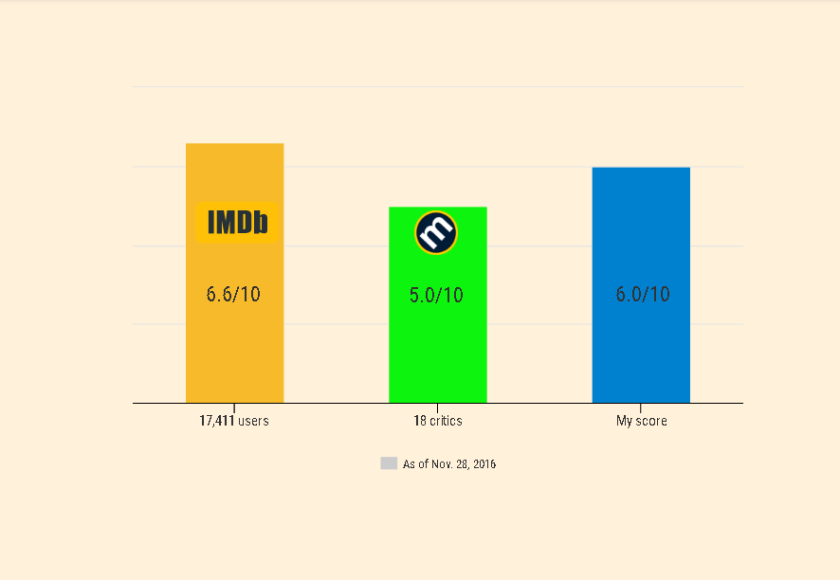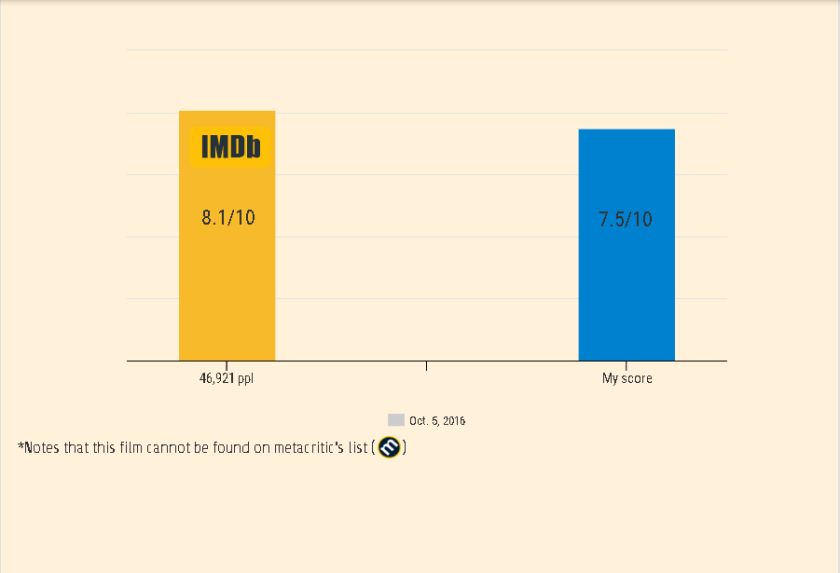Photo from Imdb
Plot Summary
Jimmy Hoffa and Bobby Ciaro were impatiently waiting for a meeting in the parking lot of a roadhouse diner on July 30, 1975. The first flashback to 1935 then occurred.
Hoffa was a Teamsters union organizer who was working to organize the various trucking firms and laundries around Detroit, Michigan. He met a young truck driver named Robert “Bobby” Ciaro. Riding over an hour in Ciaro’s truck, Hoffa tried to convince Ciaro to join the Teamsters. A few days later Hoffa showed up at Bobby’s workplace and accidentally got him fired. Bobby tried to seek revenge but was convinced at gunpoint to back away by Hoffa’s partner Billy Flynn. Ciaro then joined the pair in the bombing of a laundry whose owner has refused to cooperate with the Teamsters. Flynn was badly burned and died. Ciaro succeeded him as Hoffa’s right-hand man.
Another flashback showed a Teamsters strike. While strikers fought with non-union workers and police, Hoffa was taken to a local Mafia boss – Carlo “Dally” D’Allesandro. Ciaro, who spoke Italian, came along and served as Hoffa’s translator. Hoffa then was able to convince the Mafia to join with him, and as a result the Teamsters were successful in the strike.
Hoffa rose to the presidency of the International Brotherhood of Teamsters. His illegal activities included the use of Teamsters’ funds to provide loans to the mob. At a Congressional hearing, Hoffa was questioned by a young Robert “Bobby” F. Kennedy regarding his suspicious union activities. A feud between Kennedy and Hoffa gradually grew as Kennedy swore that Hoffa would be convicted.
Hoffa’s people were willing to cover for him and refused to cooperate with the government. Eventually the government was able to get Hoffa’s young associate, Pete Connelly to talk. Hoffa was convicted of several serious crimes with Bobby Ciaro and sent to prison for several years. Despite his imprisonment, the union members still loved Hoffa and many of them gathered to honor him as he was being driven to a Pennsylvania prison to serve his sentence. Frank “Fitz” Fitzsimmons was appointed to lead the Teamsters while Hoffa was in prison. When Hoffa’s prison sentence was commuted after the Teamsters endorsed Nixon, Hoffa was furious to learn that one of the conditions of his release was that he could not participate in union activities in 10 years. He blamed Fitz, then met with D’Allesandro, wanting Fitz killed. By now the mob was starting to tire of Hoffa, finding Fitz much easier to control. Also, Hoffa’s hot temper was leading to an uncomfortable amount of media exposure for the mob. Ciaro delivered Hoffa’s message to D’Allesandro that unless the matter of Fitzs can be solved, Hoffa would go to the press. D’Allesandro told Ciaro to give a message back to Hoffa that they should all meet the next day at a remote diner.
Hoffa and Ciaro spent several hours waiting in the parking lot but D’Allesandro never arrived. Instead, a young hit man arrived in guise of a trucker with a broken down truck, waiting at the telephone booth inside the roadhouse. When this hitman confirmed Hoffa was sitting in a car near the restaurant, he came and shot Hoffa several times, killing Hoffa in the car. Ciaro was also killed when running to the car to save Hoffa. The hit man and his associates put Hoffa and Ciaro’s corpses in the hitman’s car, then put the car in the back of a semi, which drove off into the countryside.
Fact: Jimmy Hoffa was one of America’s most powerful men. He fought the Kennedy’s, made deals with the Mafia, and controlled 2 million union members. Then he mysteriously disappeared in 1975.
What’s in it for me?
I didn’t know what to think of this movie before hand. Hoffa seemed like a real scumbag, taking money from working men and giving to the mob, but at times, what was going on in the movie made me like him since he’s a leader of the working class. His purpose at first was helping truckers not to be exploited by the companies’ owners.
We cannot judge people when we are not in their shoes. Hoffa could be a good person to many people, but a bad to others, just like many other famous activists in the world from Dr. Martin Luther King, Gandhi, Che Guevara,… or Fidel Castro (the former Prime Minister of Cuba who just died at the age of 90 as of this writing.) Does Jimmy Hoffa was a tool of organized crime? We don’t know. We just know from the movie that Hoffa would take any help he could get, anywhere he could find it, to organize the drivers and put pressure on the owners. I’m wondering what if the movie makers wanted to make another Hoffa (let’s say a real criminal), then maybe I wouldn’t have had a good impression on him. Then, a movie is a really strong tool for shaping/framing a historic figure. Not many directors would have been confident enough to simply show us Jimmy Hoffa instead of telling us all about him. To me, this is a movie made its points between the lines. There was another movie about Hoffa – Killing Jimmy Hoffa (2014), and there will be another one – The Irishman (2018). So, to avoid any misconception, we need to read and see from different sources.
Anyway, politics and mafia are not so different worlds.
Who’s in the movie?
Director:
Danny DeVito. He was an actor, producer and director. He was nominated Oscar for Best Picture with Erin Brockovich (2000). As an actor, DeVito’s known for Throw Momma from the Train (1987), Ruthless People (1986), Living Out Loud (1998), Batman Returns (1992)
Actor:
Jack Nicholson as Jimmy Hoffa. He won 2 Oscars for Best Actor in a Leading Role with As Good as It Gets (1997), and One Flew Over the Cuckoo’s Nest (1975), 1 Oscar for Best Actor in a Supporting Role with Terms of Endearment (1983), and was nominated many other Oscars for best actor both in leading and supporting roles such as About Schmidt (2002), A Few Good Men (1992), Ironweed (1987), Prizzi’s Honor (1985), Reds (1981), Chinatown (1974), The Last Detail (1973), Five Easy Pieces (1970), andand and was nominated many other Oscars for best actor both in leading and supporting roles such as About Schmidt (2002), A Few Good Men (1992), Ironweed (1987), Prizzi’s Honor (1985), Reds (1981), Chinatown (1974), The Last Detail (1973), Five Easy Pieces (1970), andandand Easy Rider (1969)
Danny DeVito as Bobby Ciaro.
Ratings

People like this movie should watch
Nixon (1995)
Cesar Chavez (2014)
Milk (2008)
Killing Jimmy Hoffa (2014)



